Tag: purpose
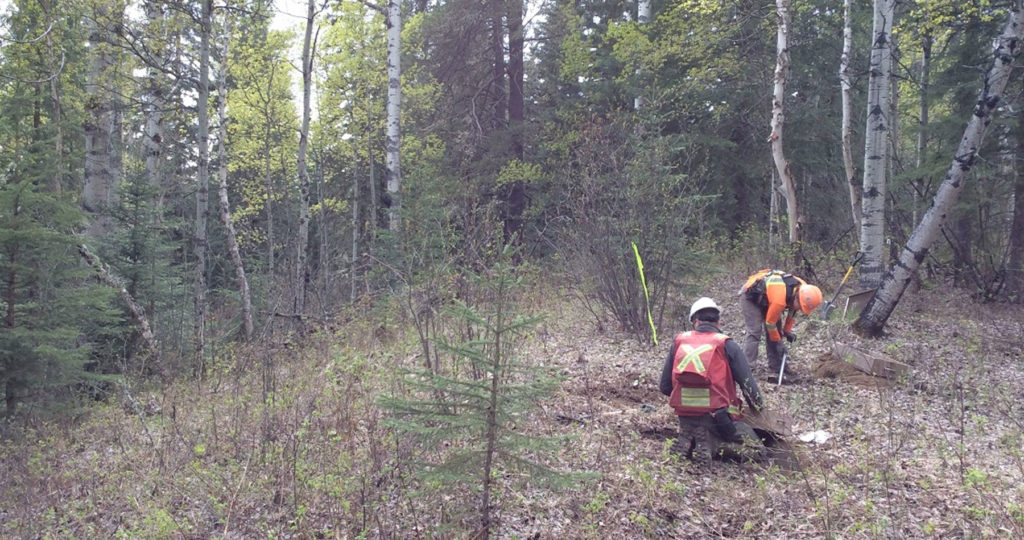
October 23, 2017
Why do HRIAs (Historic Resource Impact Assessments)?
“Archaeological heritage is an essential element in the affirmation of our Canadian identity and a source of inspiration and knowledge. It is the policy of the Government of Canada to protect and manage this heritage.1” This sentiment is echoed through all levels of government and most provinces2, territories, and municipalities have either a piece of
Keep Reading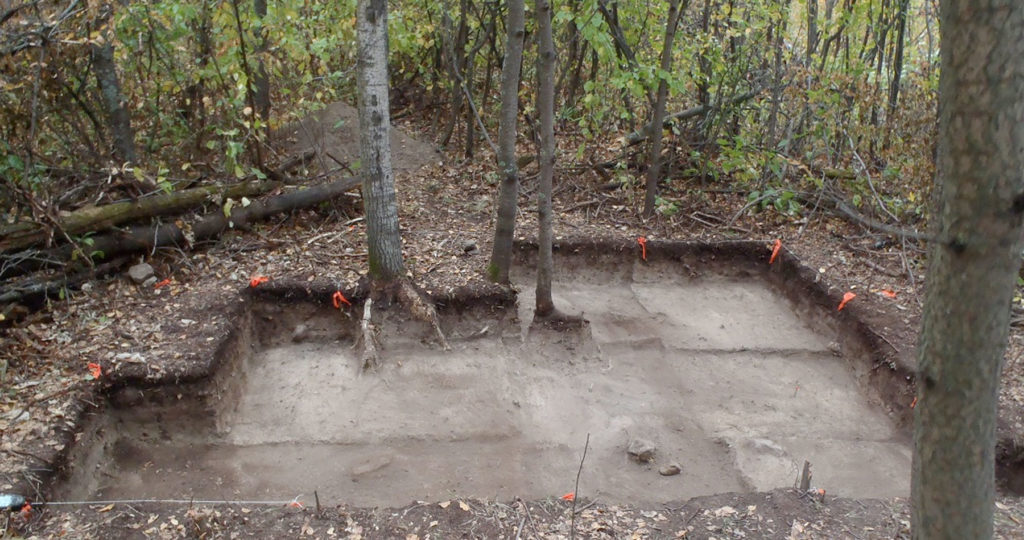
October 9, 2017
What is Mitigative Excavation?
Mitigative excavation is the process of digging an archaeological site that is threatened either by development or natural erosion. Mitigative excavations have different goals than academic excavations. The goal of mitigative excavations is is to save as much information about the site before it is destroyed, whereas in academic digs the goal is to answer
Keep Reading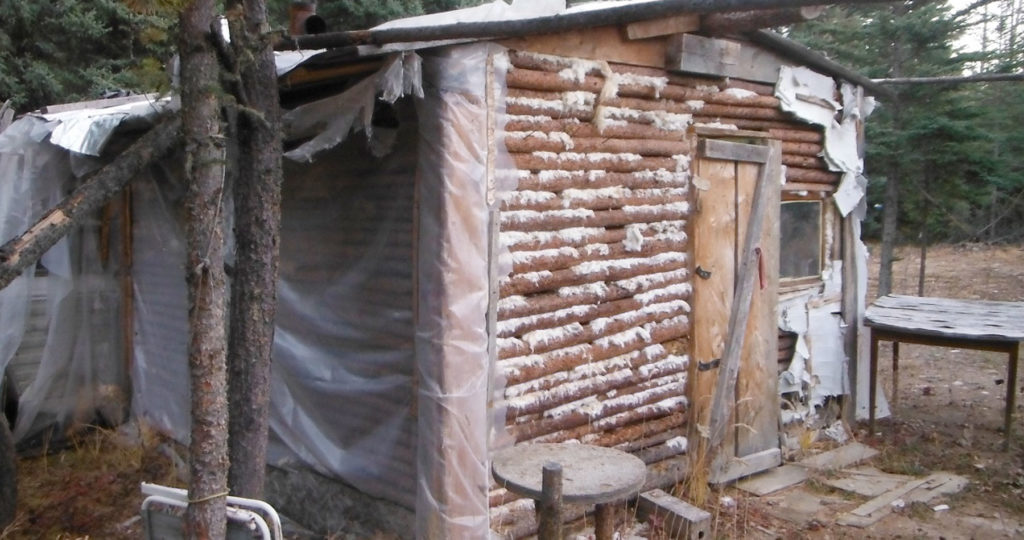
September 25, 2017
HRV 4C – What Happens Now?
You have made a plan for a development and reviewed your plan against the Listing of Historic Resources. You’ve found that you have a conflict on your land parcel, it is listed with an HRV of 4C. What does that mean? An HRV of 4C indicates that an historic resource site is located on that
Keep Reading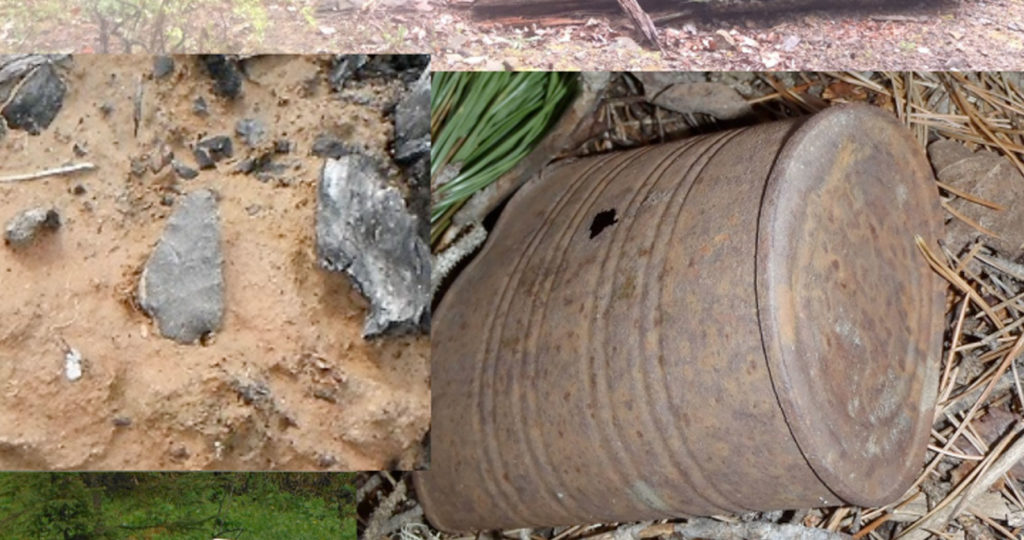
September 11, 2017
What is an Historic Resource Site?
The majority of Tree Time’s archaeological work is done in the context of Historic Resources Impact Assessments, but what is an Historic Resource? People are sometimes confused about what constitutes an historic resource because it is a very broad category. The first thing to come to most people’s mind would likely be the contents of
Keep Reading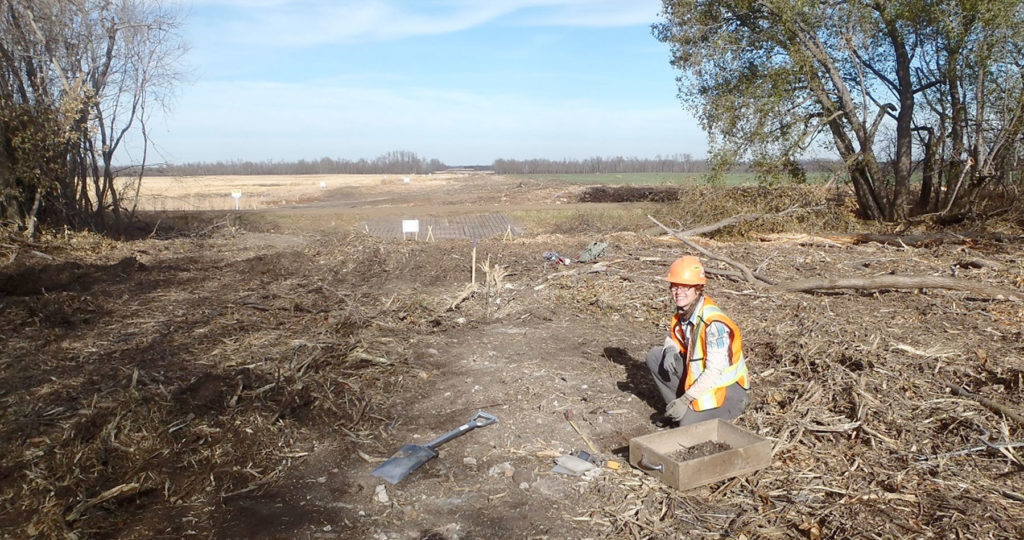
June 12, 2017
Kolomea School
In 2013 Tree Time archaeologists got a chance to work on a relatively rare type of historic period site in Alberta: a historic schoolhouse. The Kolomea school site was brought to the attention of Tree Time Services by construction personnel for a transmission line project. The site consists of three concrete foundations surrounded by non-native
Keep Reading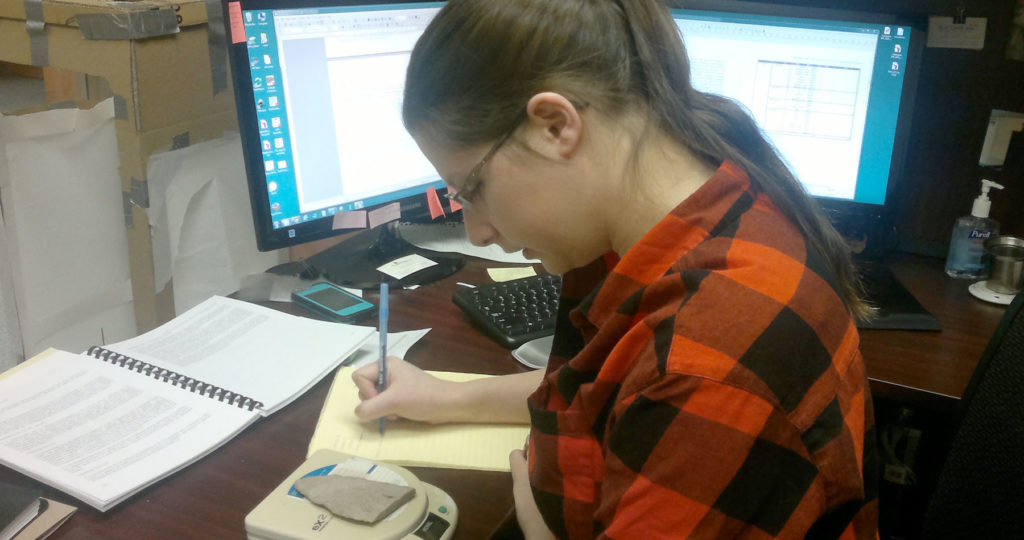
February 6, 2017
Introduction to CRM Part 5: Reporting
Once we have surveyed our targets and evaluated any sites we have found, it is time to return to the office. All of our notes are taken on an ipad in the field. Now all we have to do is export our notes into a database which eliminates the hours spent on data entry. Note
Keep Reading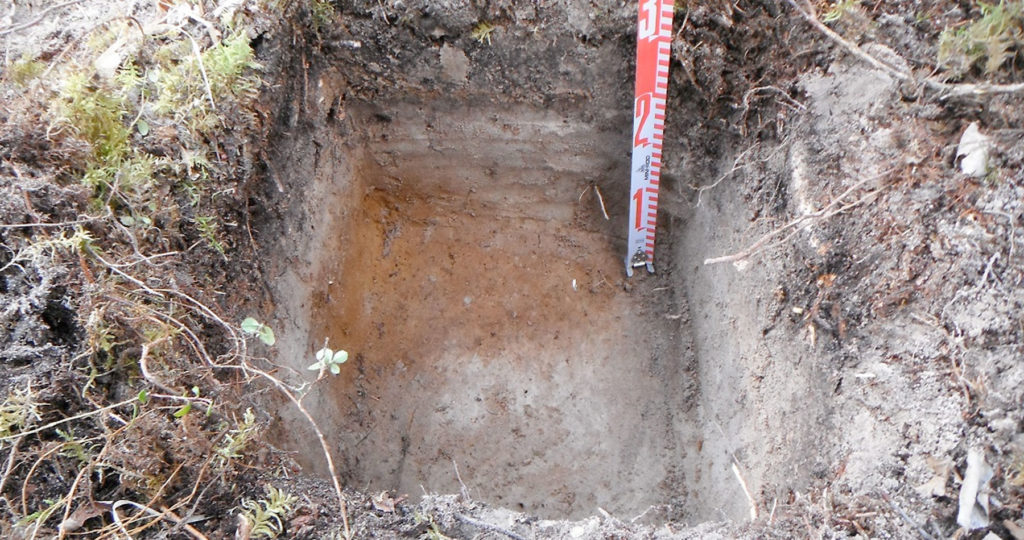
January 30, 2017
Introduction to CRM Part 4: Evaluating a Site
When we identify a site, we conduct further evaluative testing to determine the type, character, and extent of the site. This is done according to government guidelines, and depends on the type of site, and the type of landform. If the landform allows for it, testing occurs in each cardinal direction or in a grid.
Keep Reading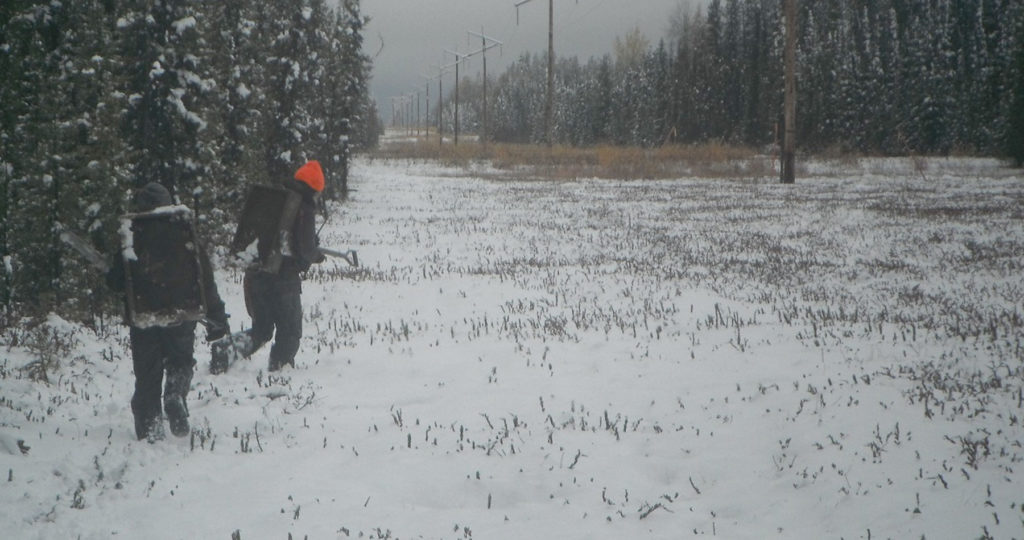
January 23, 2017
Introduction to CRM Part 3: Archaeological Survey
Using information compiled in the office, the next step of an HRIA is to leave the comforts of home behind and to venture into the field. Although there is a perception of archaeologists working at large excavations, often dressed in khakis and maybe wearing a fedora, archaeological survey is the most common type of field
Keep Reading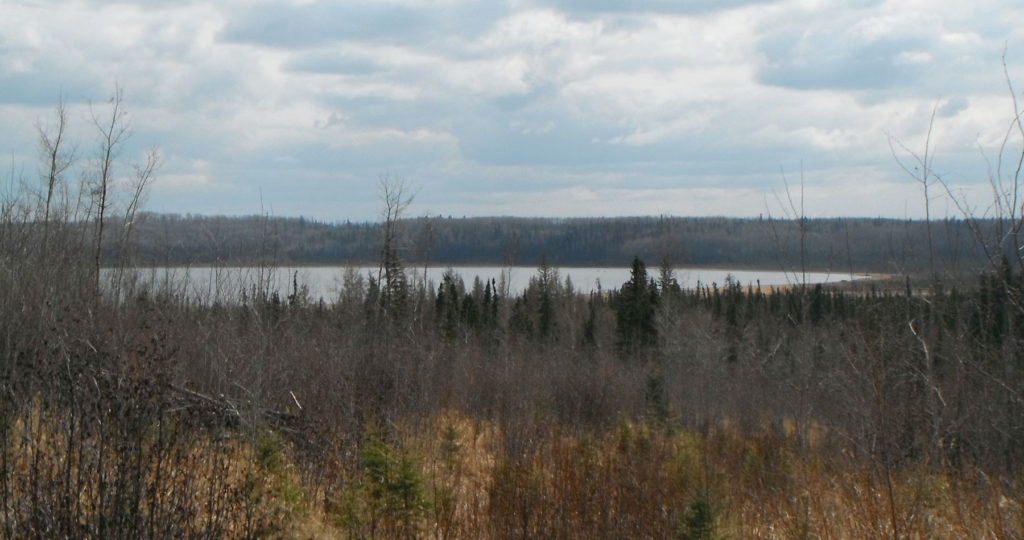
January 16, 2017
Introduction to CRM Part 2: Development Screening and Project Planning
The first step of a historic resources impact assessment (HRIA) happens in the office. Once we have the plan for a development, we need to assess whether the footprint will impact any recorded sites or if it has the potential to impact any unrecorded sites. We use our experience and knowledge of archaeology, GIS data,
Keep Reading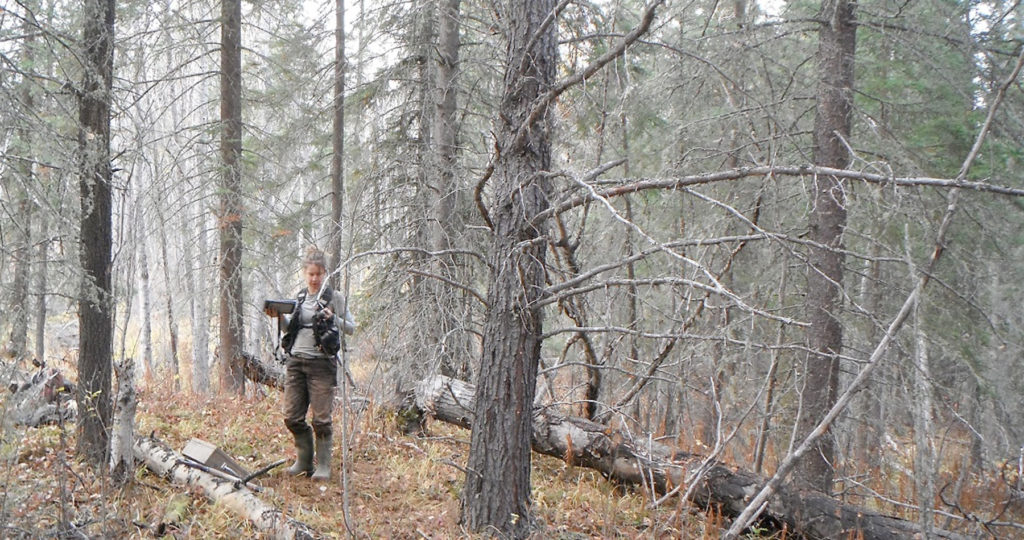
January 9, 2017
Introduction to CRM Part 1: Cultural Resource Management
Cultural Resource Management (CRM) is undertaken in many different countries all over the world and it can go by just as many names, Contract Archaeology, Consulting Archaeology, Compliance Archaeology, and Heritage Resource Management (HRM) to name a few. Whatever CRM is called, the underlying purpose is always the same. These archaeologists engage in the protection,
Keep Reading